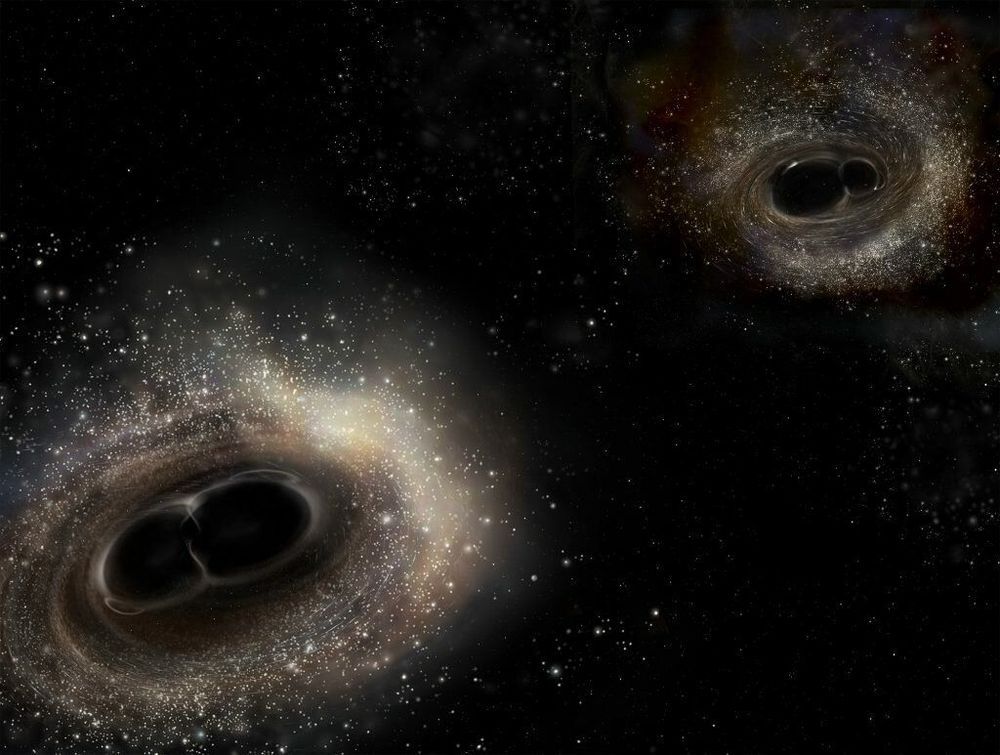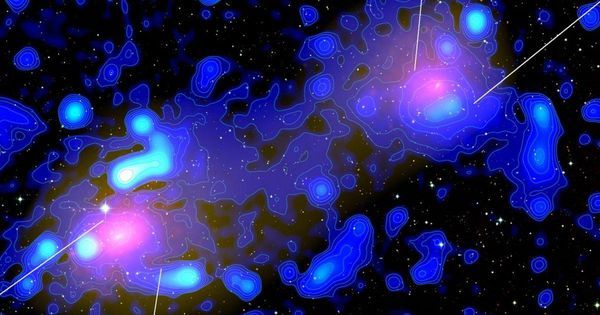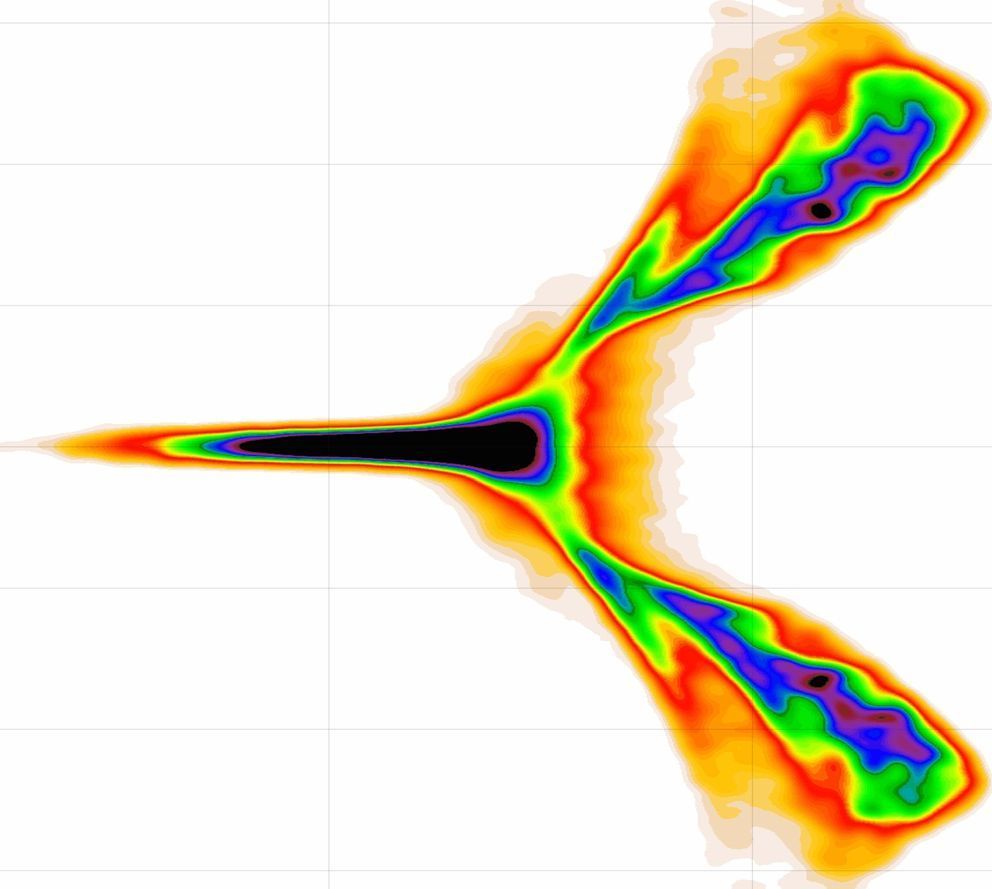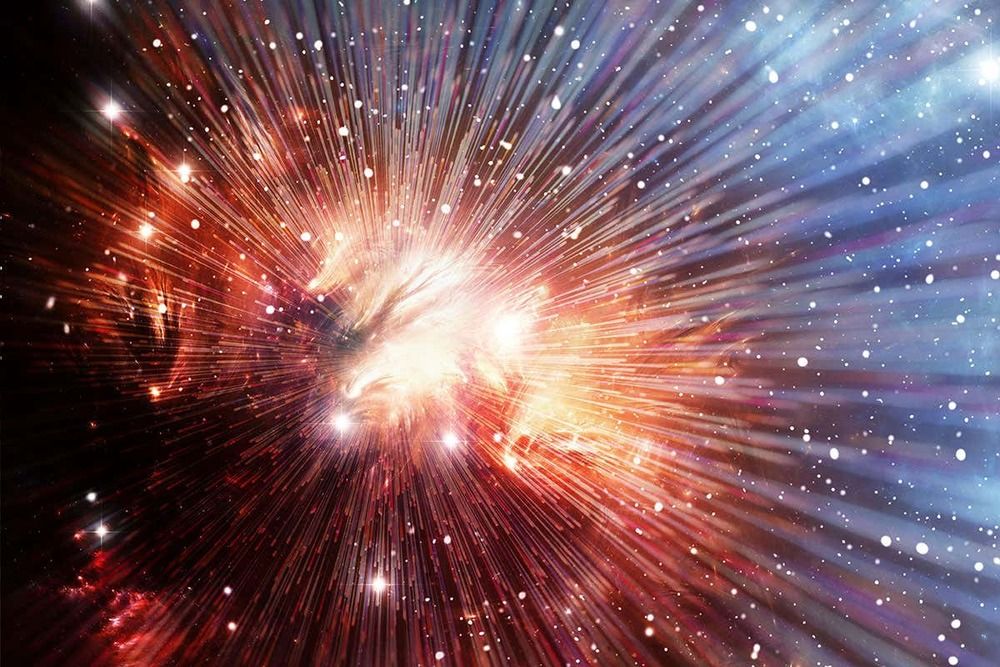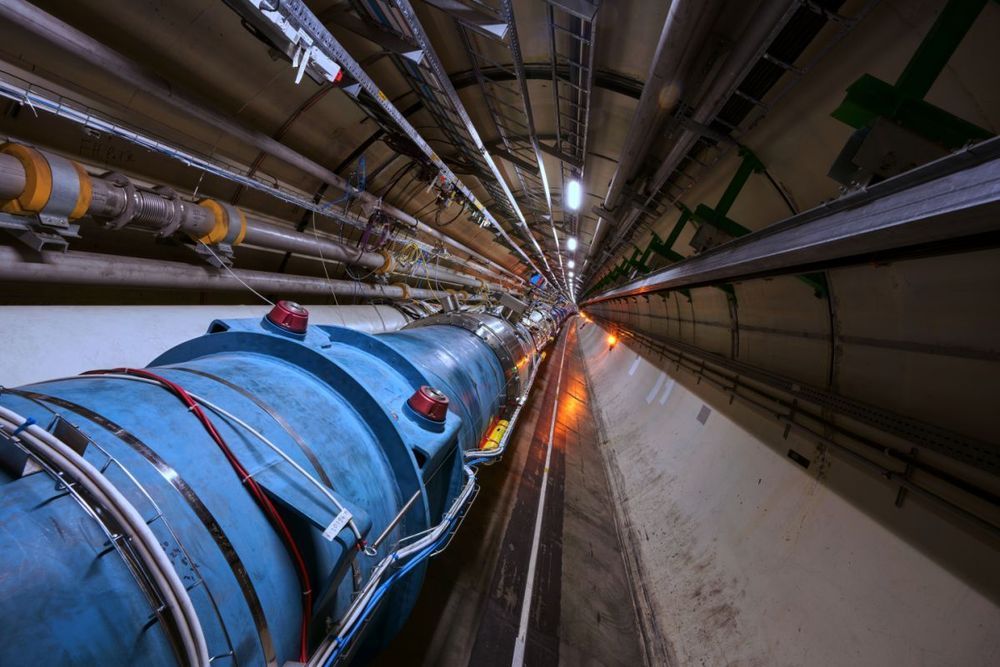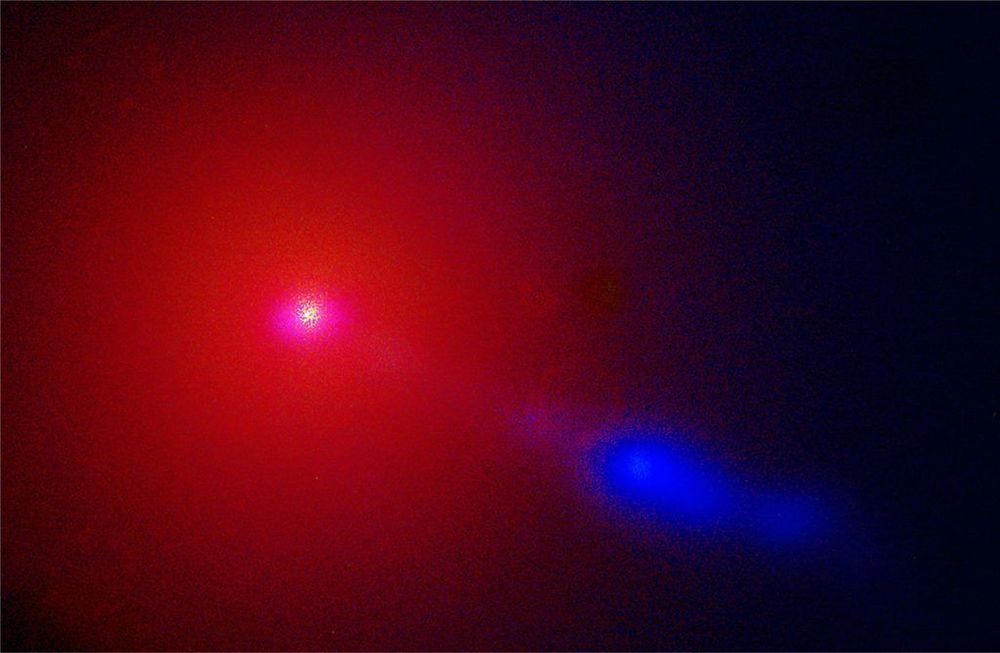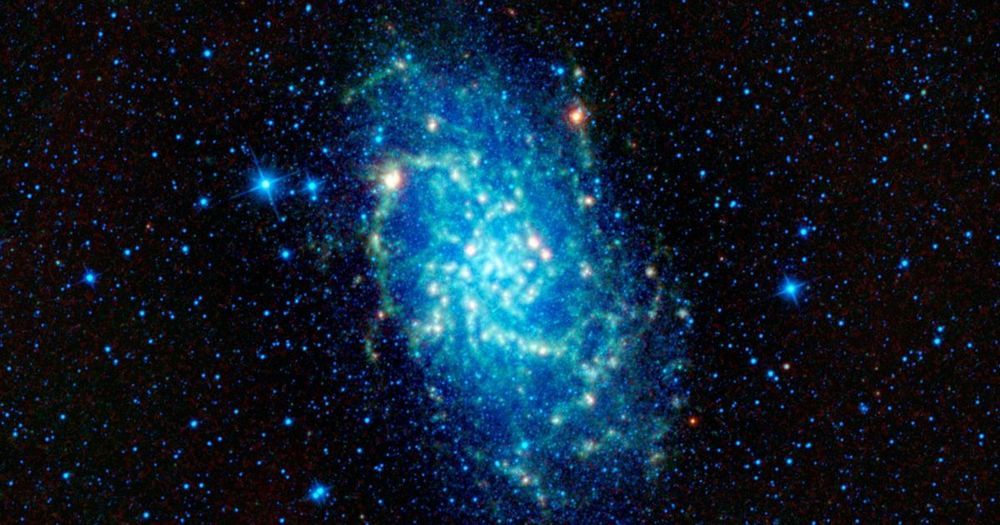Jun 6, 2019
Using black holes to conquer space: The halo drive
Posted by Quinn Sena in categories: cosmology, space travel
The idea of traveling to another star system has been the dream of people long before the first rockets and astronauts were sent to space. But despite all the progress we have made since the beginning of the Space Age, interstellar travel remains just that – a dream. While theoretical concepts have been proposed, the issues of cost, travel time and fuel remain highly problematic.
A lot of hopes currently hinge on the use of directed energy and lightsails to push tiny spacecraft to relativistic speeds. But what if there was a way to make larger spacecraft fast enough to conduct interstellar voyages? According to Prof. David Kipping, the leader of Columbia University’s Cool Worlds lab, future spacecraft could rely on a halo drive, which uses the gravitational force of a black hole to reach incredible speeds.
Continue reading “Using black holes to conquer space: The halo drive” »
